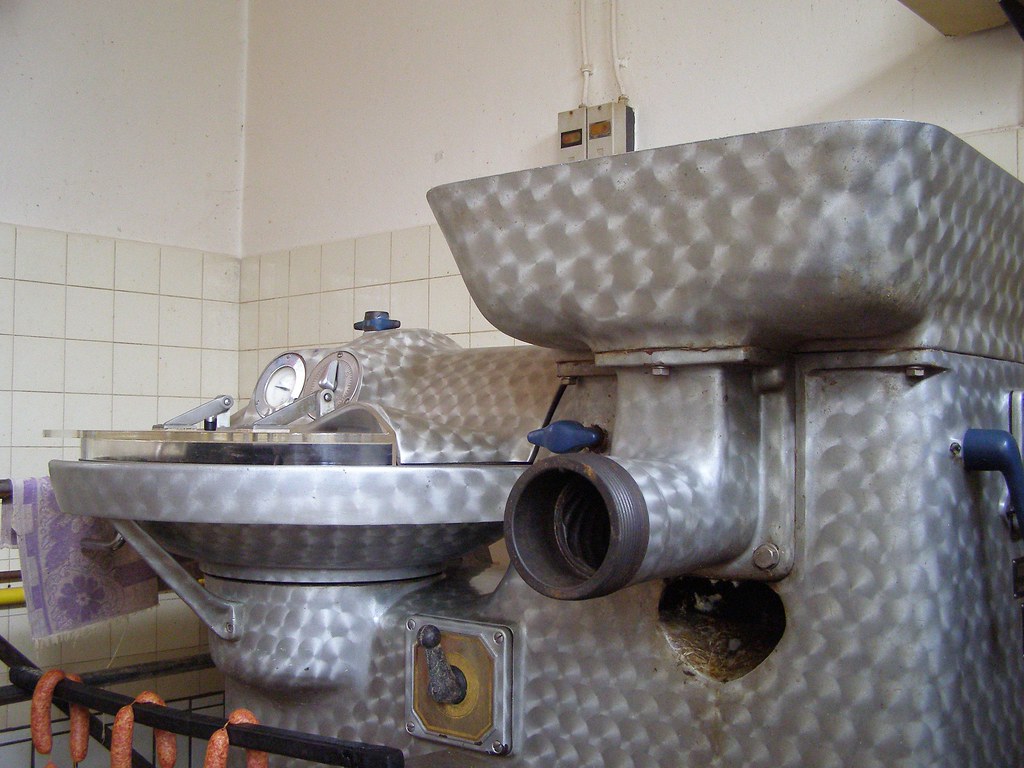Social Network Analysis in R
Laboratory One
Benjamin Lind
Social Network Analysis: Internet Research
St. Petersburg
18 August, 2013 (11:45-13:15)
About R
Implements the S programming language
Open source
Object oriented programming language
Base & user-contributed packages
Meets practically all statistical purposes
Availability: r-project.org
Start R!
Type "R" into your terminal
Basics
- Command line-only interface
- Reliable, Replicable, Records
- GUI options do exist, but...
- outside of scope for our purposes
- Assignment. Functionally equivalent methods
x <- 1 #Preference: primary methodx = 1 #Preference: within functions1 -> x #Preference: never- Once assigned, x becomes an "object"
ls()
Case Sensitivity
Try
Cheburashka <- "a cartoon character"Cheburashkacheburashka
What does the error mean?
Hard Drive Navigation
-
R runs within a folder on your hard drive
-
Location where R reads & writes
- Which folder are you in now?
orig.folder<-getwd()orig.folderdir.create("new.folder")list.files()setwd("new.folder"); list.files()setwd(orig.folder)file.remove("new.folder"); list.files()
Packages
- Preloaded (e.g., base, stats)
- Dependencies
- User-contributed
-
Online research
- RCurl
- rjson
- googleVis
- ...
- Social network analysis
- statnet
- igraph
- tnet
- ...
Packages
To install a package
install.packages("igraph")To load a package
library(igraph)To unload a package
detach("package:igraph", unload=TRUE)Missing Data
Typically coded as "NA". For example
Indicated by functions
x <- NA
Missing codes
NA #Non-applicable, missing
NULL #Undefined or empty value
NaN #Not a Number
Inf #Infinite is.na(x)
is.null(x)
is.nan(x)
is.infinite(x)Data Types
Storing and accessing information within R
Picture by KENPEI
Data Types
-
Elements
- Numeric
- Character
- Use double quotes
- Logical
- TRUE, FALSE, T, F, 1, 0
-
Objects
- Vectors
- Matrices
- Arrays
- Data frames
- Lists
-
Closures
Elements
Identification
is.numeric(42)
is.numeric("42")
is.numeric(3.12)
is.logical(T)
is.logical(FALSE)
is.character(FALSE)
is.character("42")
is.character("HSE Network Workshop") Conversion
as.numeric("42") + 1
as.character(as.numeric("0") + 1)
as.character(!as.logical("1"))
as.character(as.logical(as.numeric("0") + 1))
as.character(is.logical(as.logical(as.numeric("0")) + 1))
as.character(!as.logical(as.numeric("1"))) Object Types: Vectors
Vectors collect elements in one dimension

(Photo by Frank C. Müller)
Object Types: Vectors
Vectors collect elements in one dimension
RU.cit<-c("Mos", "StP", "Nov", "Yek") #Create vector RU.cit<-c(RU.cit, "Niz") #Add element RU.cit[3] #Retrieve element 3RU.pops<-c(10.4, 4.6, 1.4, 1.3) #Create vector names(RU.pops)<-RU.cit[c(1,2,3,4)] #Name vector RU.pops[c(4,2,3,1)] #Permute the order and retrieve length(RU.pops) #Retrieve the lengthRU.vis<-c(TRUE, TRUE, FALSE, FALSE) #Create vector RU.vis[-c(4,2)] #Remove elements 4 and 2
Remaining object types build upon this logic
Object Types: Vectors
Sequences
all(1:5 == c(1, 2, 3, 4, 5))
all(1:5 == seq(from=1, to=5, by=1)) Repetitions
print(rep(1, times=5))
print(rep(NA, times=4))
print(rep("Beetlejuice", times=3)) Object Types: Matrices and Arrays
(Picture by David.Asch)
Object Types: Matrices & Arrays
Matrices
-
Two dimensions:
- nrow(); ncol()
-
Assignment:
- x[1,5]<-1; x[2,]<-x[1,5]>0
-
More columns, rows:
- cbind(); rbind()
- Names: rownames(); colnames()
Arrays
- Three dimensions:
- dim(); length(x[1,1,])
-
Assignment:
- x[3,2,6]<-1; x[4,,2]<-NA
- Names: dimnames()
Object Types: Matrices
Turning vectors into matrices
RU.mat<-cbind(pop=RU.pops, vis=RU.vis)
rownames(RU.mat)<-RU.cit[c(1:4)]
colnames(RU.mat) Alternatively
RU.mat<-matrix(,nrow=length(RU.pops), ncol=2)
colnames(RU.mat) <- c("pop", "vis")
rownames(RU.mat) <- names(RU.pops)
RU.mat[,"pop"] <- RU.pops
RU.mat[,"vis"] <- RU.vis Try
print(RU.mat[1,])print(RU.mat[,"pop"])print(RU.mat[1,2])print(RU.mat[1,,]) #What does the error mean?
Object Types: Data Frames
Data frames are like matrices, but allow multiple element types. Compare:
print(RU.mat[,"vis"])
print(RU.vis) To retain initial element type
RU.df<-as.data.frame(RU.mat)
RU.df$vis<-as.logical(RU.df$vis) These commands are equivalent statements
print(RU.df$vis[2])
print(RU.df[2,"vis"])
print(RU.df[["vis"]][2])
print(RU.df[[2]][2]) Object Types: Lists
Lists collect objects of (potentially) varying types & dimensions
RU.list<-list(RU.mat, RU.vis, RU.df)
names(RU.list)<-c("Mat","Vec","DF") These commands are equivalent statements
print(RU.list$DF$vis[2])
print(RU.list[["DF"]]$vis[2])
print(RU.list[[3]]$vis[2])
print(RU.list[["DF"]][["vis"]][2])
print(RU.list[["DF"]][2,"vis"])
print(RU.list[["DF"]][2,2]) Object Types: Closures
Closures are functions
Functions accept input (optional) & return output

(Photo by erix!)
Object Types: Closures
Closures are functions
Functions accept input (optional) & return output
xTimesxMinus1<-function(x) return(x*(x-1))xTimesxMinus1(42)InvHypSineTrans<-function(x){x.ret<-log(x+sqrt(x^2 + 1)) return(x.ret)}
plot(x=1:1000, InvHypSineTrans(1:1000), main="Hyperbolic Sine Transformation", xlab="x", ylab="y")
Compiled functions
library(compiler)InvHypSineTrans.cmp<-cmpfun(InvHypSineTrans)system.time(InvHypSineTrans(1:10000000))system.time(InvHypSineTrans.cmp(1:10000000))
Help
How to overcome the inevitable hurdles

Picture from Richard Milnes
Help
If you're looking for a function, but don't know the name:
??"Chi Squared"
help.search("Chi Squared") Once you know the name of the function
?chisq.test
Want to know how the function is written?
print(chisq.test) Still stumped?
-
Google: <expression to search> ~rstats
-
http://rseek.org/
-
http://stackoverflow.com/questions/tagged/r
Help
Exercise
-
Find the randomized normal distribution function
-
Use it to create two vectors of length 100
- One with mean of zero & standard deviation of one
- Call it x
- A second with mean of 50 & standard deviation of 25
- Call it y
-
Find the linear regression model command
- Regress y on x
Apply Family

(Photo by · · · — — — · · ·)
Apply Family
Apply administers a function across elements within an object
Better than for() loops in R
lab.seq<-seq(from=-100,to=100,by=20)
?sapply
lab.mat<-sapply(lab.seq, rnorm, n=100)
fix(lab.mat)
?apply
lab.means<-apply(lab.mat, 2, mean)
plot(x=lab.seq, y=lab.means) Apply Family: Exercise
Recreate the last exercise, but with the following modifications
-
Use a sequence from 1 to 100 by 5
- Run the sapply() line, but...
- Set the mean to zero
-
Apply the sequence to rnorm()'s standard deviation
-
Retrieve the standard deviation instead of the mean
Plot your results and show them to me
Loading and Saving
Reusing material between R sessions

(Photo by mRio)
Loading & Saving: Source
Text files for executable R code
Like 'do files' for Stata
Write them in text editors, following R syntax
Exercise
In text editor, type
test.val<-"It works!"
test.val2<-paste(test.val, "Really")
Save as "test.val.source.txt" in working directory
In R, type
source("test.val.source.txt")
ls()
print(test.val); print(test.val2) Loading & Saving
-
History
- RHistory files retain a log of your session
- May be opened in a text editor
- Should end in ".RHistory" extention
-
Usage
savehistory("Filename.RHistory") loadhistory("Filename.RHistory") -
Images
- Saves every object in the environment (i.e., ls())
-
Usage
save.image("Filename.RData") load("Filename.RData")